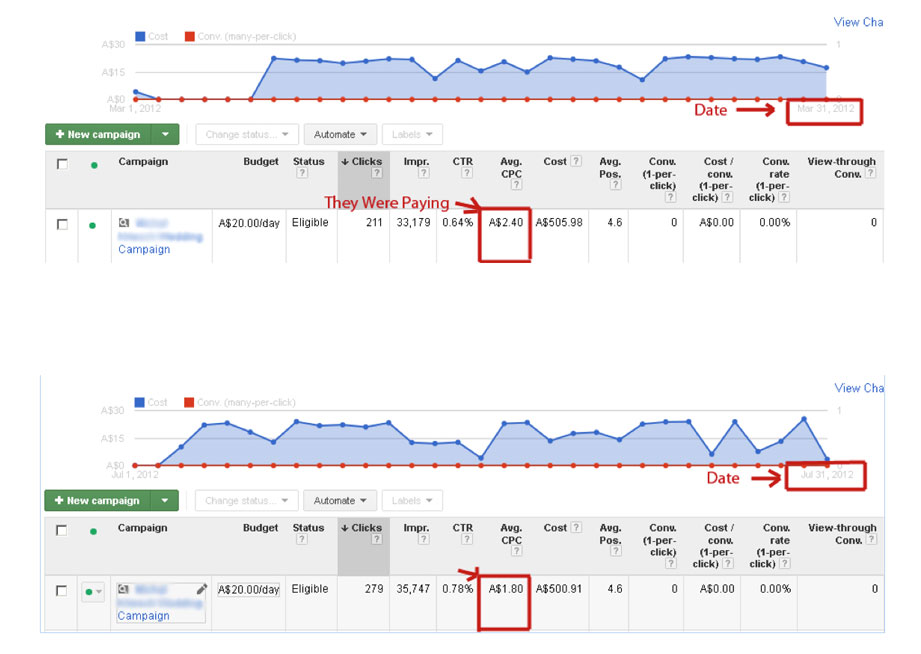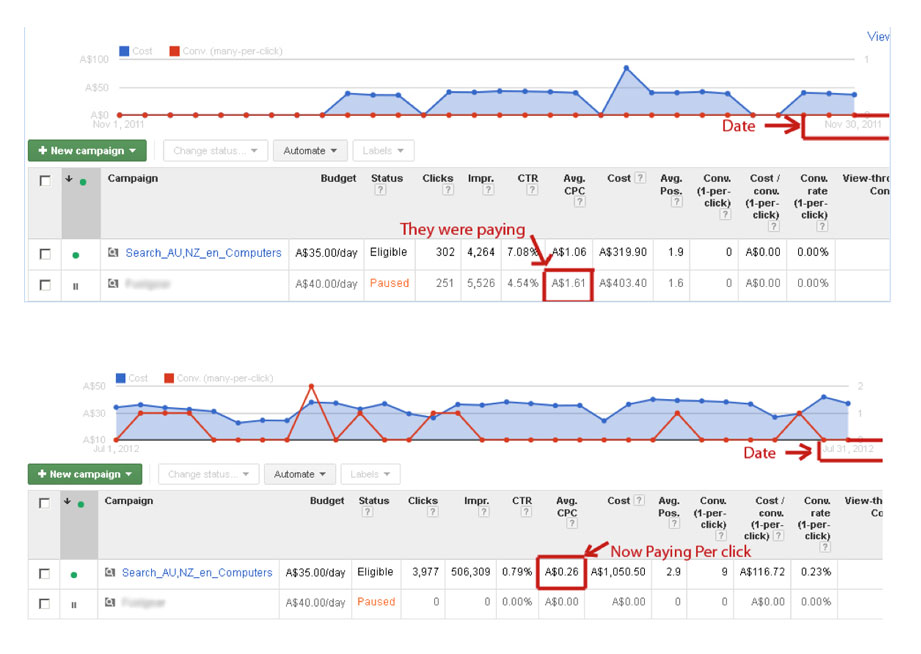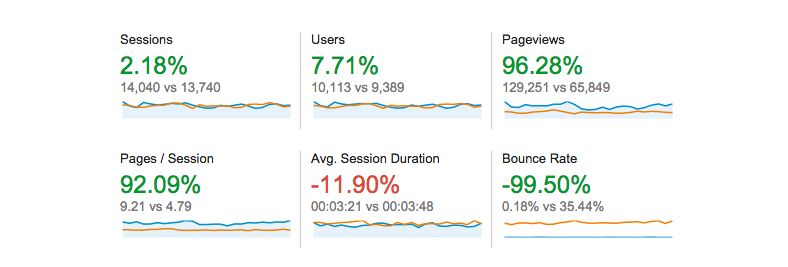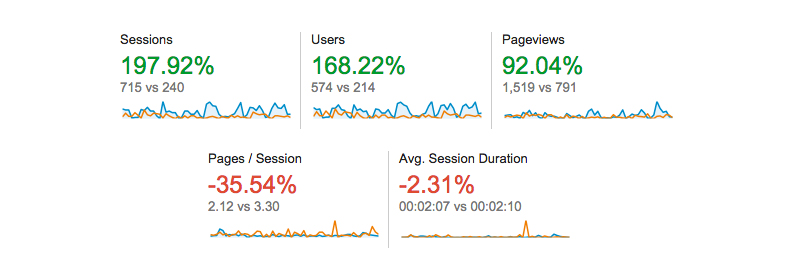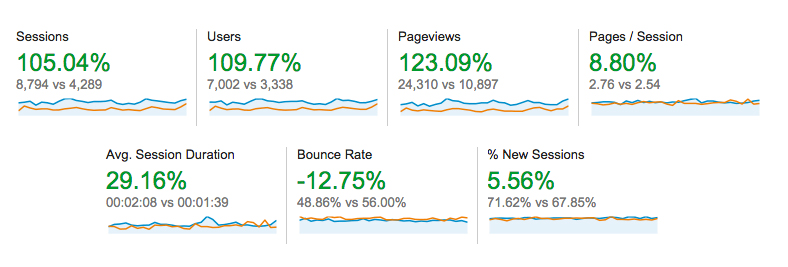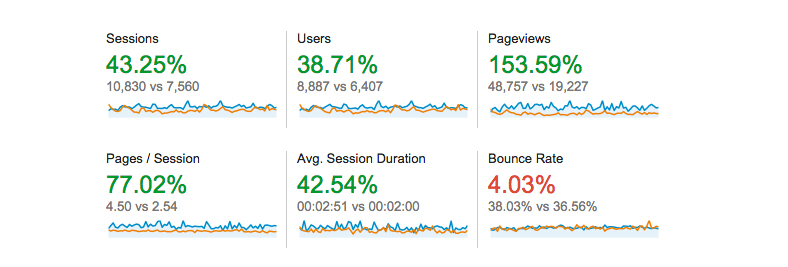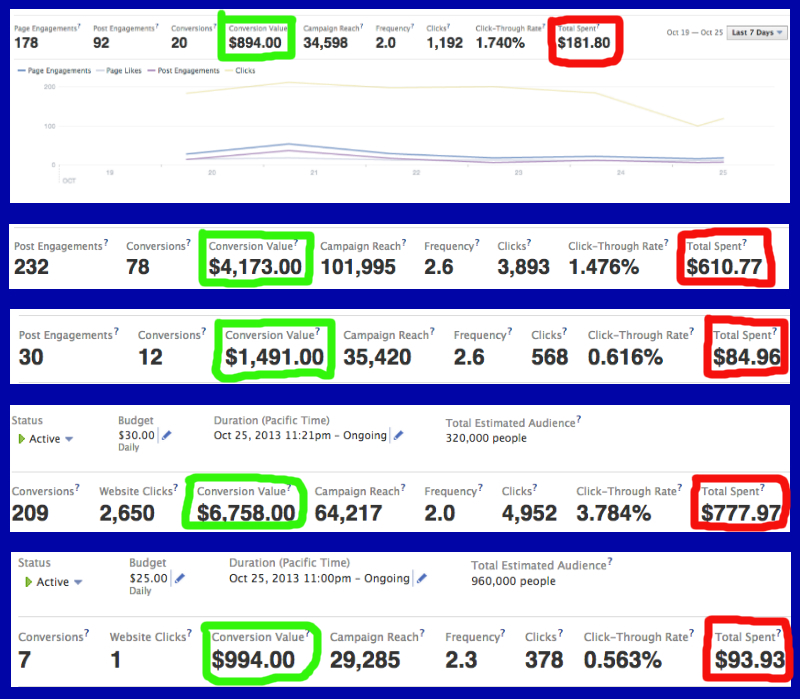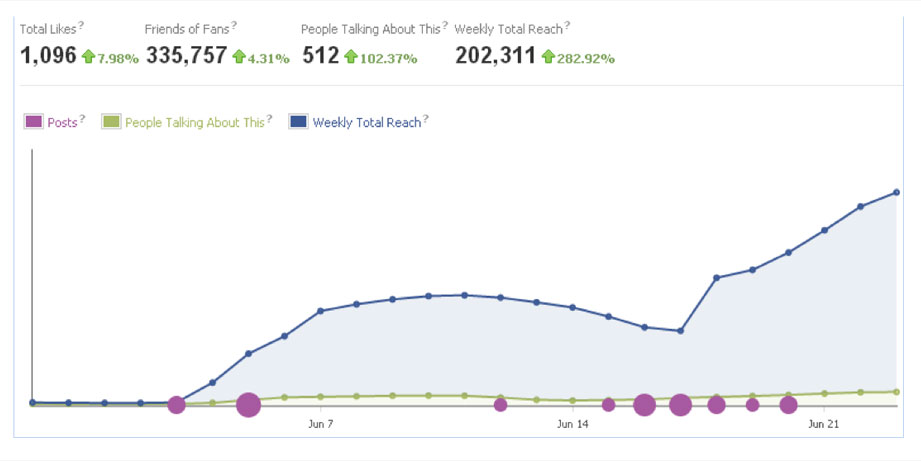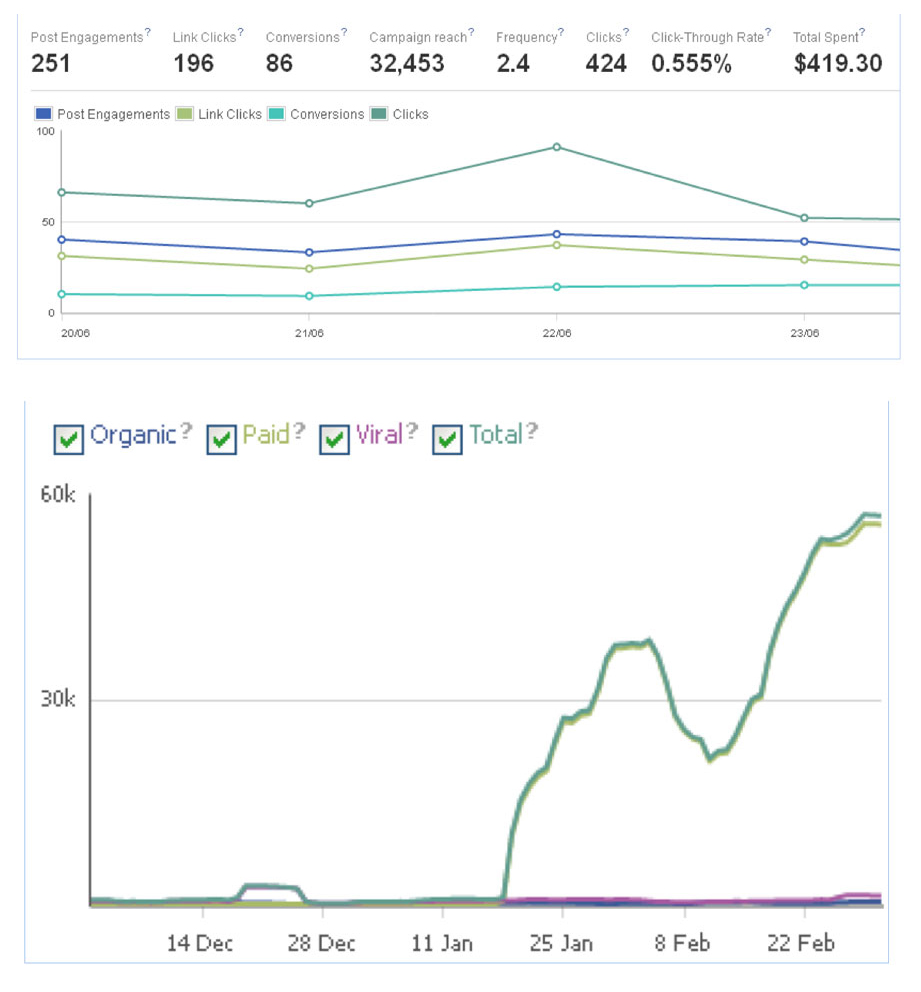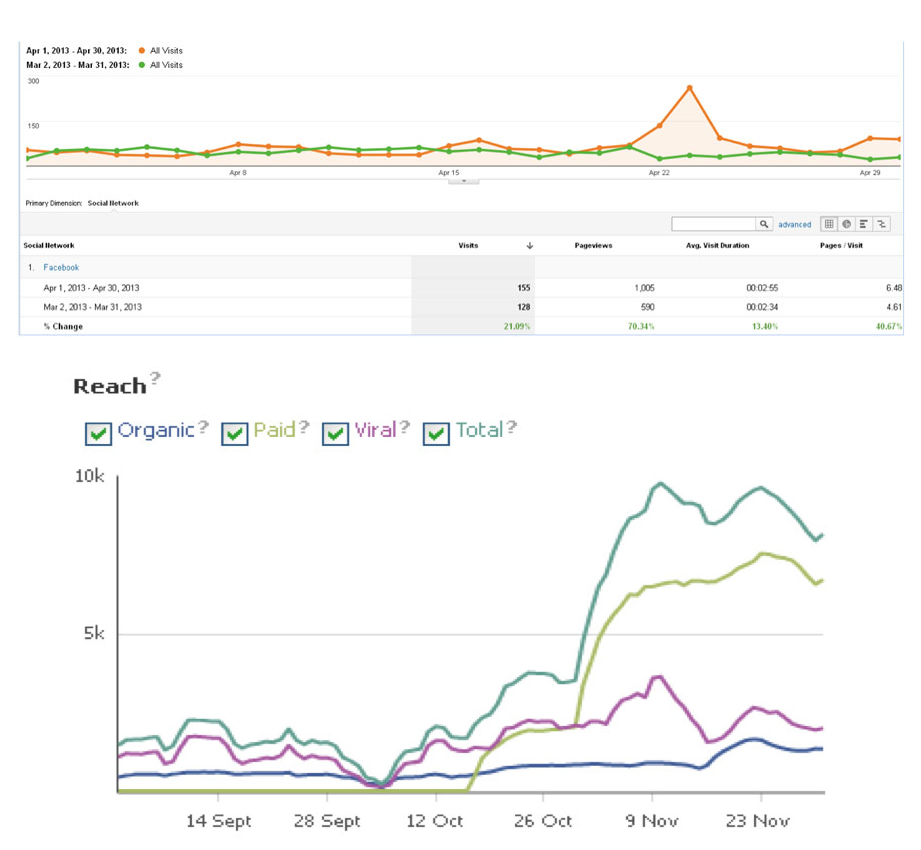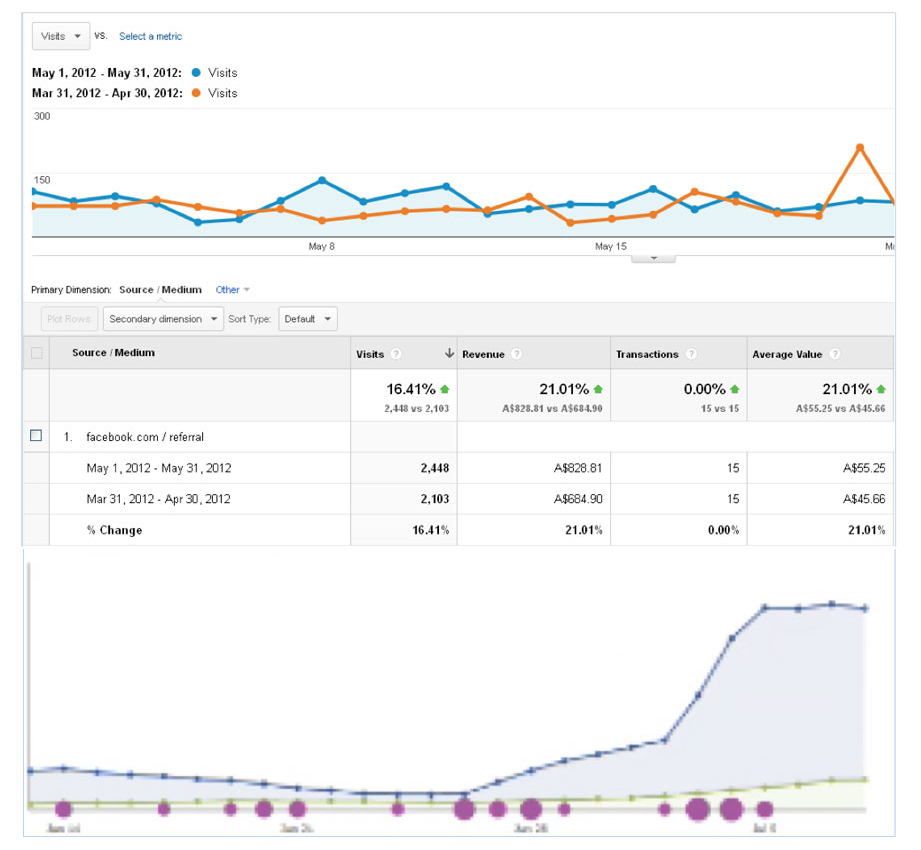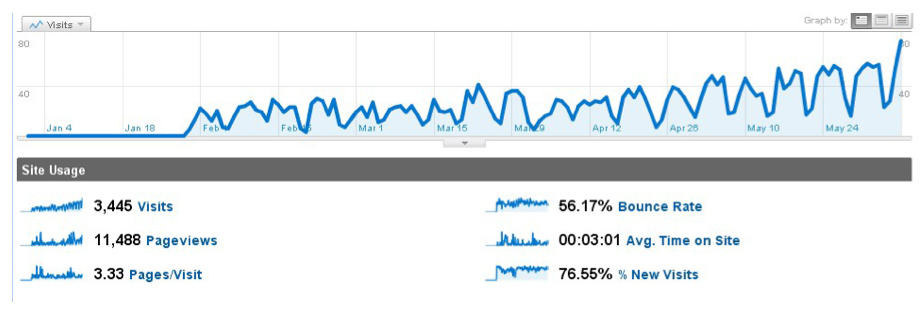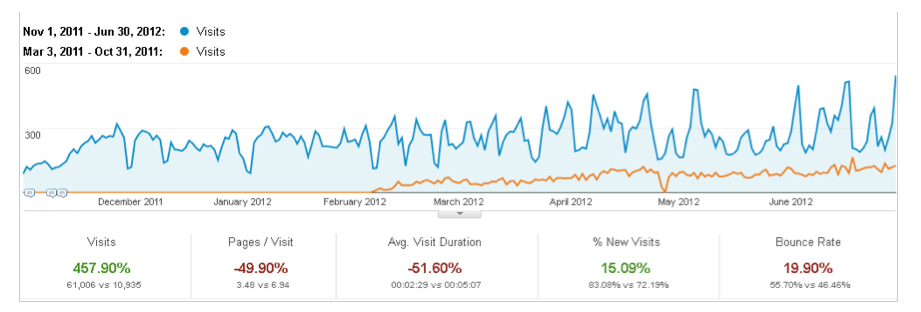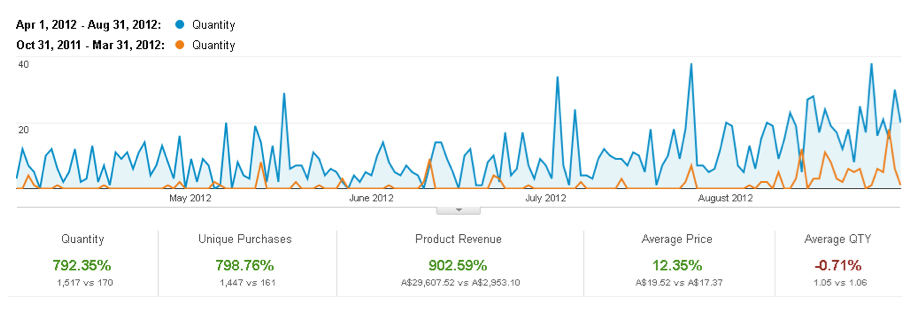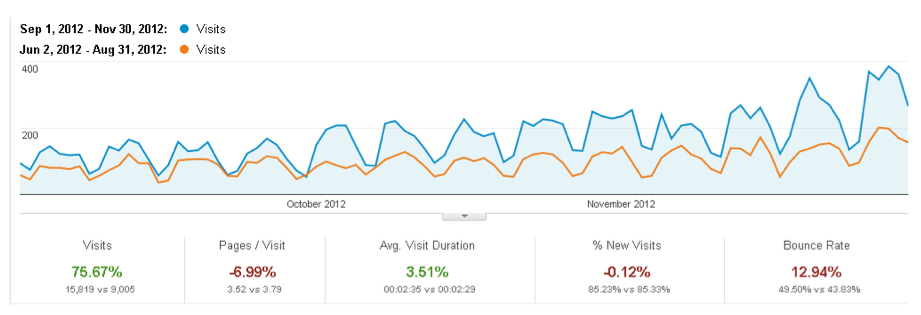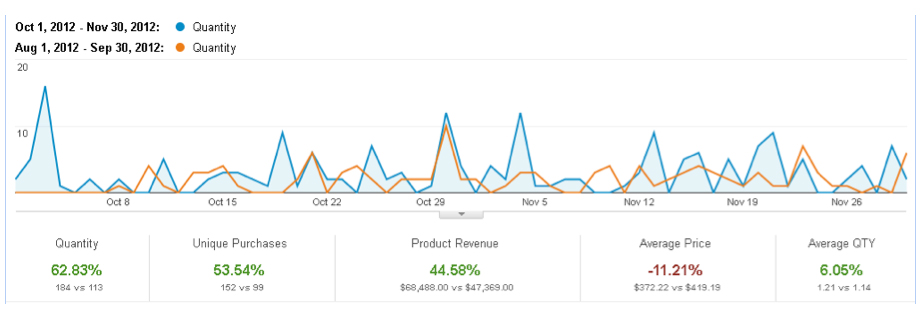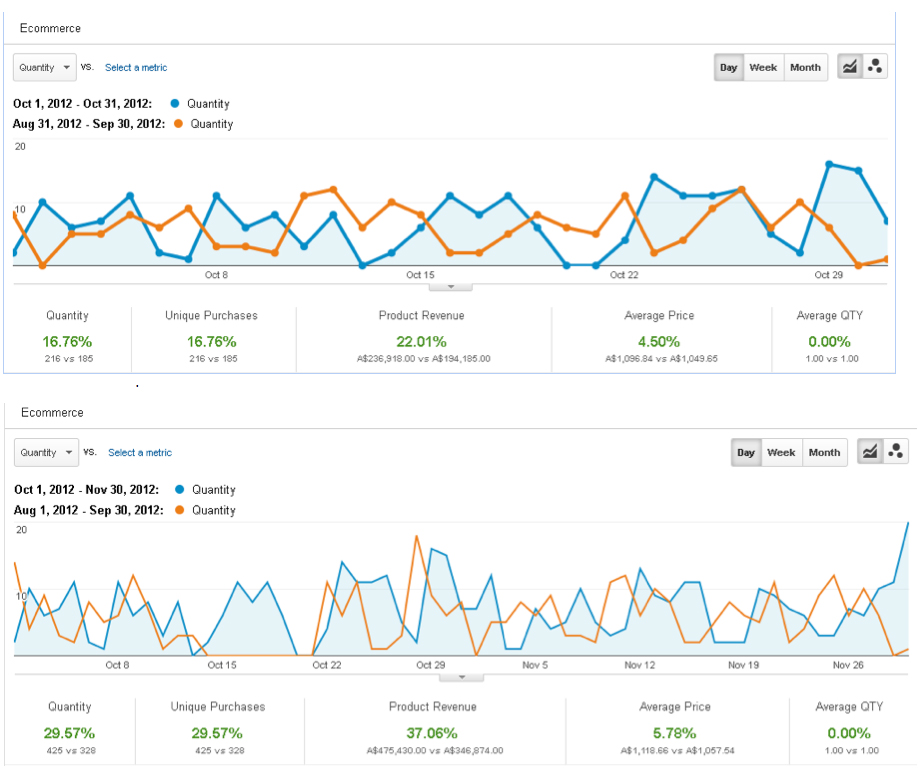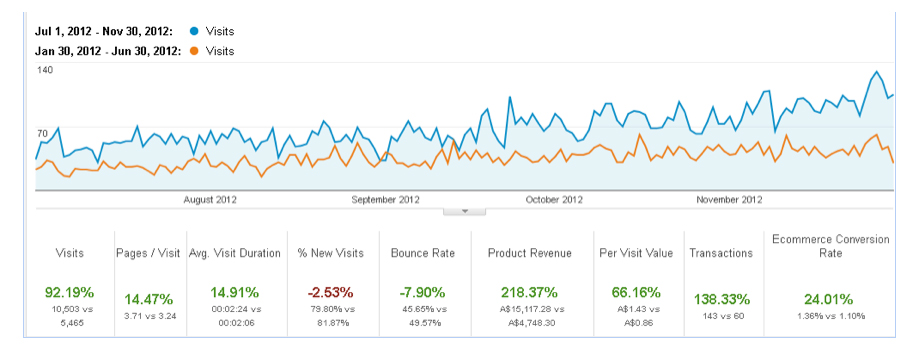 When it comes to writing content, articles or even blog posts for your site there’s a concept that Internet Marketing professionals like to talk about, which is writing for “Search Engines”. Basically this means you write content so it perfectly fits the search engine algorithm, which should then result in higher rankings.
When it comes to writing content, articles or even blog posts for your site there’s a concept that Internet Marketing professionals like to talk about, which is writing for “Search Engines”. Basically this means you write content so it perfectly fits the search engine algorithm, which should then result in higher rankings.
Now in principle this makes sense, if you’re putting content on your site you should make it so the content adds to your Search Engine Rankings. Unfortunately though some writers and business owners take this a little bit too far, the content becomes so targeted to search engines that it almost becomes unreadable for website users.
It’s important to understand the purpose of writing search engine targeted content is to generate new visitors to your site. Those visitors will ultimately end up reading this search engine targeted content. So not only does it need to be content that gets great rankings but it also needs to be content that generates results.
This is the big mistake business owners make they forget about making sure the content will generate results. They are so focused on getting the Search Engine Ranking that they don’t make readable, interesting and persuasive copy. You can probably tell that we’re passionate about this topic, in fact we’ve got a couple of rules for you to follow when creating content for your site!
Rule #1: The Visitor Comes First
When creating content for your site the number one focus for your content should be the visitor. Make sure the content is readable, engaging and persuasive so it takes your visitor from browser to buyer.
Rule #2: Don’t Write To Length, Write To Result
This is a very important part of writing content, some people have a set goal of writing 400 words, as that’s generally a great length for search engine purposes. But there’s no need to make content longer or shorter then is required, if it takes 100 words to convey the message then use 100 words. If it takes 1000 words to convey the message then use 1000 words. The most important part is getting the message across, not the length.
Rule #3: SEO The Content AFTER Writing The Content
A little tip we’ve picked up over the last few years is to write the content completely and then once it’s written go back and check for keyword density, keyword placement and heading use. It’s a lot easier to edit great content and make it SEO friendly rather then edit SEO content and make it visitor friendly.
Keep these 3 rules in mind when you are creating content for your site, and for a little bit of humor, leave a comment below with the WORST written content you’ve come across on the web…
I would love to hear your content creation tips below? Go nuts!





